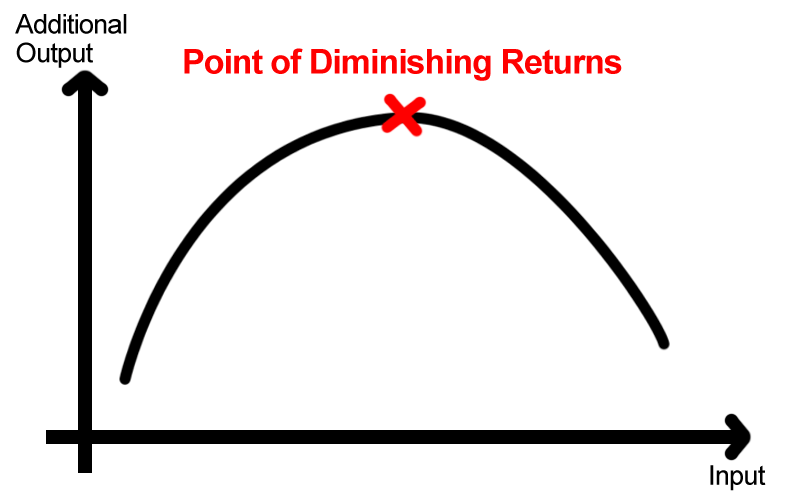
 We live in a world full of contradictions and organisations have the dubious reputation of mirroring such idiosyncrasies. This complex and often times changeable world places even more demands on businesses. Nonetheless, while many industries are trying to achieve a higher rate of centralization and a simpler approach to project management, few have correctly implemented this change.
We live in a world full of contradictions and organisations have the dubious reputation of mirroring such idiosyncrasies. This complex and often times changeable world places even more demands on businesses. Nonetheless, while many industries are trying to achieve a higher rate of centralization and a simpler approach to project management, few have correctly implemented this change.
This is an interesting conundrum, for should a business not actively seek to embrace a simpler strategy? While on the outside this may appear so, the fact of the matter is that many such businesses find internal change quite difficult, and for some surprising reasons. Let’s take a cursory examination of some of the motives behind such resistance.
Antiquated Operational Models
We must first consider that large corporations have been around for an appreciable amount of time. While their entry-level workforce may represent a younger demographic, many senior management professionals still rely on methods that were used before the age of the Internet and the communications revolution. Thus, they have attempted to integrate a technologically modern platform with older modalities of data management. Clearly, the two do not mix. What results is actually a less efficient system than in previous years. Without a profound changeover to newer techniques such as outsourcing, cloud computing and virtual pipeline management, simplicity can never be reached.
Psychological Hang-Ups
This may perhaps be one of the most profound factors that can produce ineffective approaches to simplicity. Now this is an interesting phenomenon, for the psychological mindset in reference to business matters has always revolved around the proper implementation of organisational techniques. The problem here is that many techniques were more “book taught” than “learned on-the-fly”. Furthermore, the simple fact is that many industry professionals are reluctant to change. This has less to do with a lack of recognition as it has to do with the very human factor of ego. It is difficult for a professional to admit that he or she had made an error or may need to adapt to malleable circumstances. Unfortunately, humility is rarely taught in certification workshops. Now if we consider upper-level management and the traditional standpoints they may still embrace, the situation becomes even more clear.
Not only are the “powers that be” unwilling to change for psychological reasons, but they may be hesitant due to the perceived lack of confidence such a move may instill in their workforce. Thus, situations remain the same and more efficacious operational models are rarely reached. Interestingly enough, such inaction may actually have a further debilitating effect on subordinates, as they may very well have desired change and may interpret managerial inflexibility as a lack of consideration. This can decrease morale and efficiency.
Inflexible Internal Structure
This type of inflexibility must be considered separately from psychological hang-ups. Here, we are referring to the lack of adaptation within a current organisational template. Although a good portion of this may be attributed to management decisions, a sizable amount is also related to the current models in use. These can include HR oversight, records administration or pipeline management processes that are outdated and incompatible with the amount of inbound traffic or are unable to accommodate a sudden expansion.
Also, delegation of responsibility must be taken into context here. Many organisations lack an efficient design for inter-departmental accountability. This simply means that the left hand may not know what the right hand may be saying. An illustration may help to clarify:
Let us imagine a business where there is a young, ambitious professional who realises the need to simplify a current project. Let us further assume that he has neither the authorisation nor the inclination to speak his mind to those who make management decisions. His voice may never be heard, he may become disenfranchised with the goals of the company and even worse, he may simply fall into line and change will never occur. This communication is essential yet is often lacking between different departments and especially between different hierarchical bodies. So, upper management continues to be frustrated at a lack of simplification while the subordinates may feel as if they have no say within the company.
Pride
The saying “pride cometh before a fall” rings just as true in the world of business. Naturally, pride is a valuable component of any organisational structure and pride can be defined here as an unwillingness to accept that change may be necessary. Indeed, there is an interesting example that we often see. We may enquire as to how our friend’s corporate job is going. In reply, he may state that he is too busy to get everything done that needs to be attended to. Although possibly referring to a less-than-efficient management system, his or her attitude may reflect a fear of change; perhaps thinking that if things were simpler, they may not feel like “enough is getting done”. So, while bragging rights may outwardly take on the appearance of productivity, very little may actually be getting accomplished.
These factors are some of the most major contributors that can help over-complicate a business plan. Indeed, many of these attitudes are rooted deep within the subculture and mindset of business models and take a great deal of time to modify. Nonetheless, simplicity is the key to success, and “simple” should never be confused with “less”. Rather, the more streamlined an internal process is, the more efficient internal and external management solutions also become.











